Answer: Chicago screw binding (aka post and screw)!
In celebration of Queen Elizabeth II’s 60 years on the British throne (way back in 2012), Pantone and Leo Burnett teamed up to create a limited edition color guide – only 60 copies – to mark her fashion-forward color statements.
For over 60 years, Her Majesty had opted for a full spectrum of perfectly color-coordinated ensembles, from the Primrose Yellow she wore at Will and Kate’s wedding in April 2011 to the tasteful Lilac Snow outfit she wore during a visit to Northumberland.
But back to our binding technique.
In Chicago screw binding, loose sheets are collated together to form the book block. Two or 3 holes are drilled, evenly spaced, along the spine side about 1/4 inch from the spine edge. (Think of a stack of 3-ring binder paper.)
A barrel post is inserted into one of the holes, and the slotted cap screw is screwed into the barrel post by hand. A final tightening of the slotted cap screw is done with a tool that looks like a flathead screwdriver.
Typically, the barrel post will be positioned on the bottom and the slotted cap screw will be visible from the front of the book. It’s a great industrial look.
Chicago screws are also known as Chicago fasteners, Chicago bolts, sex bolts, screw posts, tee-nuts and binding posts, and take the place of the permanently sewn-on thread, allowing you to swap out different content.
Why it was named after Chicago remains a mystery. If you happen to know, please share in the comments below.

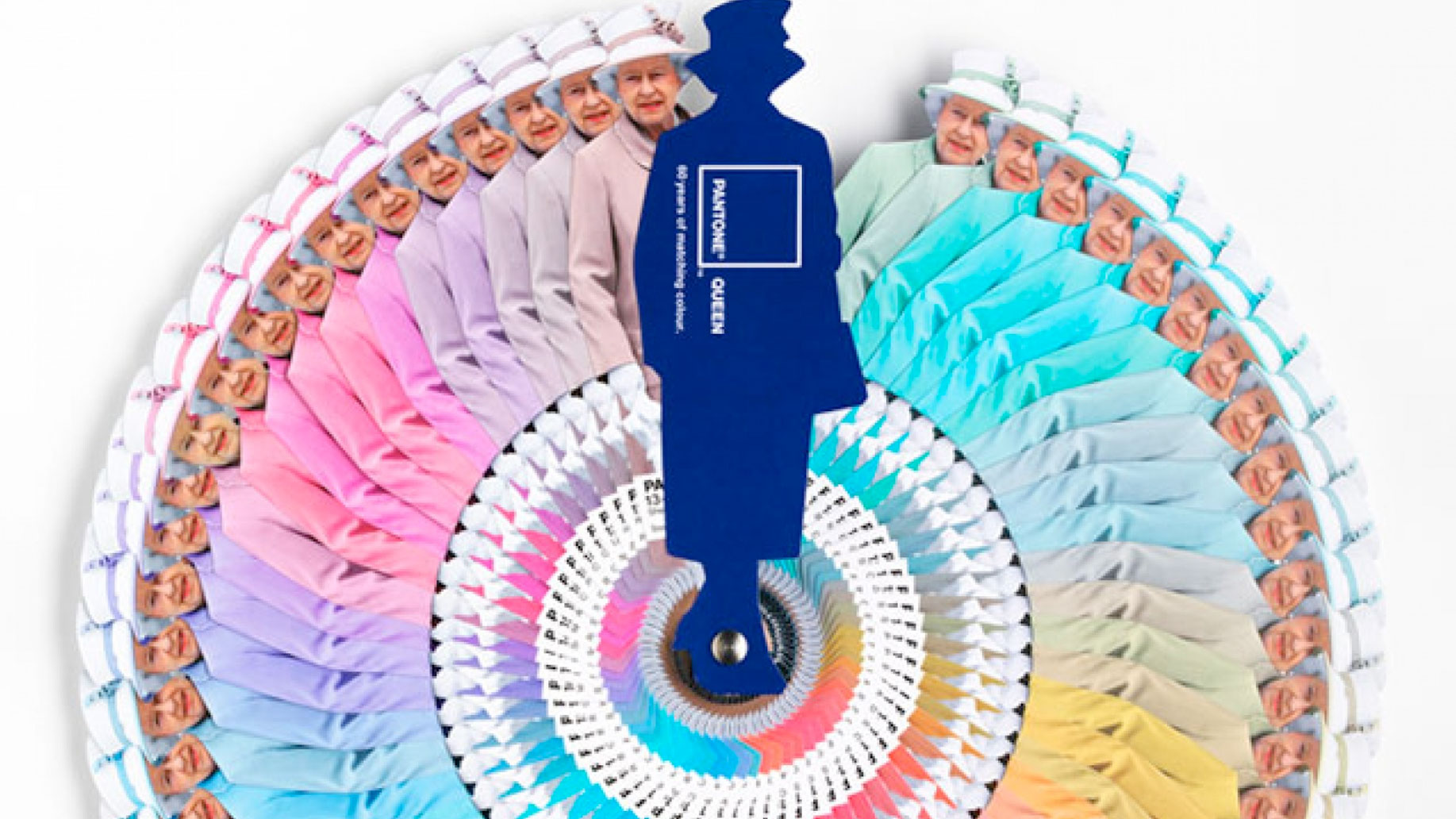

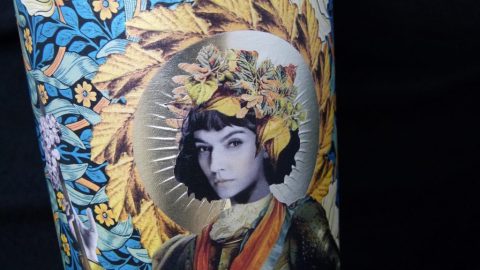

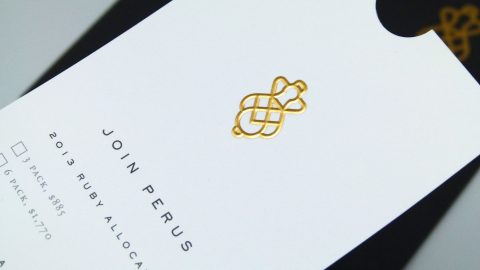
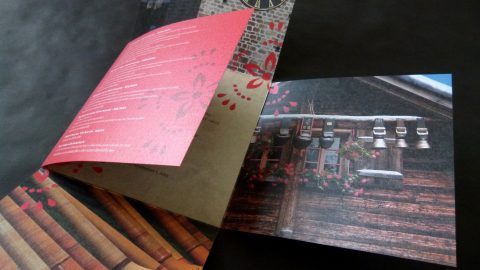


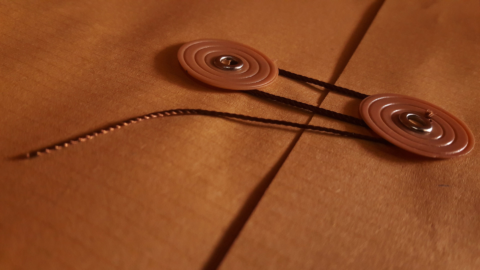





Not necessarily.
The buckle guy seems to have the answer
https://www.buckleguy.com/buckleguy-blog/what-is-a-chicago-screw/
Nice one, Ron!
From the Buckle Guy: “Chicago Screws were invented back in 1872 when the Chicago Screw Company first established its business. Simple enough the name was conceptualized with its manufacturer ‘Chicago Screw.'”
Thermography is a poor man’s engraving process.